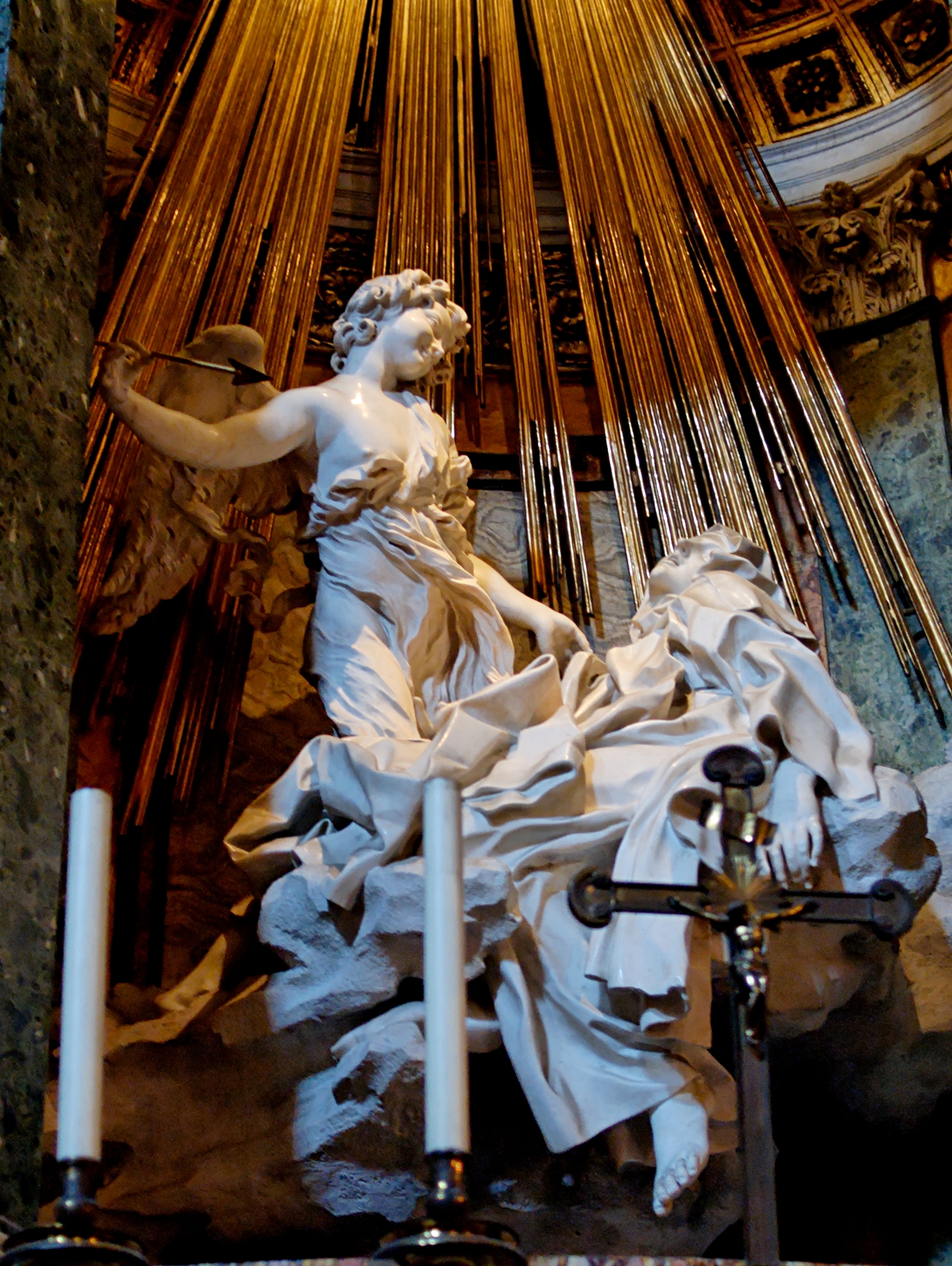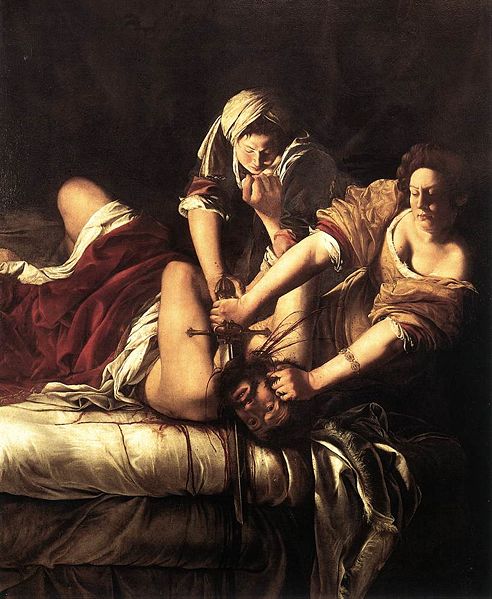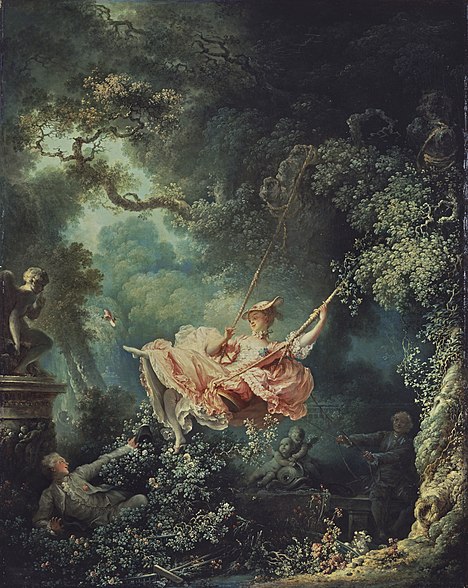Baroque art came before Rococo art, and for those who are not very well acquainted with these genres, hopefully, this will help differentiate between the two. Both are exquisite kinds of art, and both are well worth admiring. Of course, this is a very superficial look at these two movements, but there is a list of recommendations for further reading at the end of the post.
What is Baroque art? Let’s start off with a dictionary definition:
The Extravagant, complex, or bizarre, especially in ornamentation. Of, relating to, or characteristic of a style in art and architecture developed in Europe from the early 17th to mid-18th century, emphasising dramatic, often strained effect and typified by bold, curving forms, elaborate ornamentation, and overall balance of disparate parts.
As indicated above, this period in art generally spans the time from ±1595-±1750 and is often beautiful, and exaggerated. Baroque art often depicted violence, darkness, and the nudes were often more plump than in Rococo works. Baroque art went largely hand-in-hand with the Counter-Reformation. Baroque is rich and vibrant, with often violent themes.
Visual examples of Baroque:
Bernini’s amazing Ecstasy of St Theresa. Look at the sensuous, almost orgasmic, expression upon her face. This was done to show her utter ecstasy at having had the angel pierce her heart with God’s love. It’s truly an amazing piece of Baroque sculpture, and the talent and craftsmanship that went into all the intricate folds of clothing are truly astonishing.

Caravaggio (1571-1610) is renowned for his masterful use of chiaroscuro – a technique which contrasted lights with darks, or, as the Tate Gallery defines it as referring “to the balance and pattern of light and shade in a painting or drawing”. Look at the rich colours:

St. Jerome by Caravaggio.
Artemisia Gentileschi (1593-1653) was another painter who used chiaroscuro to great effect. Below, we have her Judith Beheading Holofernes in an incredibly violent depiction of the act of beheading in progress.

Peter Paul Rubens (1577-1640) was a Flemish painter who became very popular in royal circles. He was commissioned to paint several times for King Charles I of England, for example, including the ceiling of the Banqueting House of Whitehall Palace in London.

The Garden of Love by Rubens.
Anthony van Dyck (1599-1641) was another Flemish Baroque master. A contemporary of Rubens, he nevertheless made his own way by becoming one of the leading portrait painters of his time – especially under the patronage of King Charles I (pictured below).

Portrait of King Charles I. WebMuseum, Paris. iBiblio
The Laughing Cavalier. The Wallace Collection, London
OK, so you understand what Baroque art is like, now Rococo. The definition of Rococo is:
noting or pertaining to a style of painting
developed simultaneously with the rococo
in architecture and decoration,
characterised chiefly by smallness of scale, delicacy of colour, freedom of brushwork,
& the selection of playful subjects
as thematic material.
During the mid-1700s, artists gradually moved away from the Baroque into the modern Rococo style which was around ±1750-±1780. Rococo art was often light-hearted, pastoral, a rosy-tinted view of the world – very different from the darker, visceral paintings found in the Baroque. Now, for some examples!
Pélerinage à l’île de Cythère by Antoine Watteau (1684–1721):
Madame de Pompadour.
Jean-Honore Fragonard‘s The Swing is one of the most recognisable examples of Late Rococo art. This painting is found at the Wallace Collection in London and is utterly delightful and playful:

The Wallace Collection
Still scratching your head? Well, check out this excellent website which gives a much more in-depth analysis of Rococo art. Also, for both Baroque and Rococo (and much more!) please have a look at The Wallace Collection.I hope you enjoyed the post, have a lovely day! 😀
My recommendations for further reading are as follows:
- Cambridge Introduction to the History of Art: The Seventeenth Century by Madeleine & Rowland Mainstone. Cambridge University Press, Cambridge, 1981.
- Baroque & Rococo (Art & Ideas) by Gauvin Alexander Bailey. Phaidon, 2012.
- Rococo by Victoria Charles & Klaus H. Carl.
I hope you enjoyed the post, have a lovely day! 😀






Dost thou have any illustrations of the peasantry of the late 17th Century?
Yes, indeed I do, but perhaps that’s worth a post entry!? 🙂
Sire, the peasants are revolting!
Yes… that they are.
A beautifully helpful website – thank you!
The Baroque is far superior in my opinion… Then again, the 17th century is absolutely amazing!
I love both styles, though I find the Baroque more appealing in color. Its more joyful.
Thank you
This helped me so much with a school project